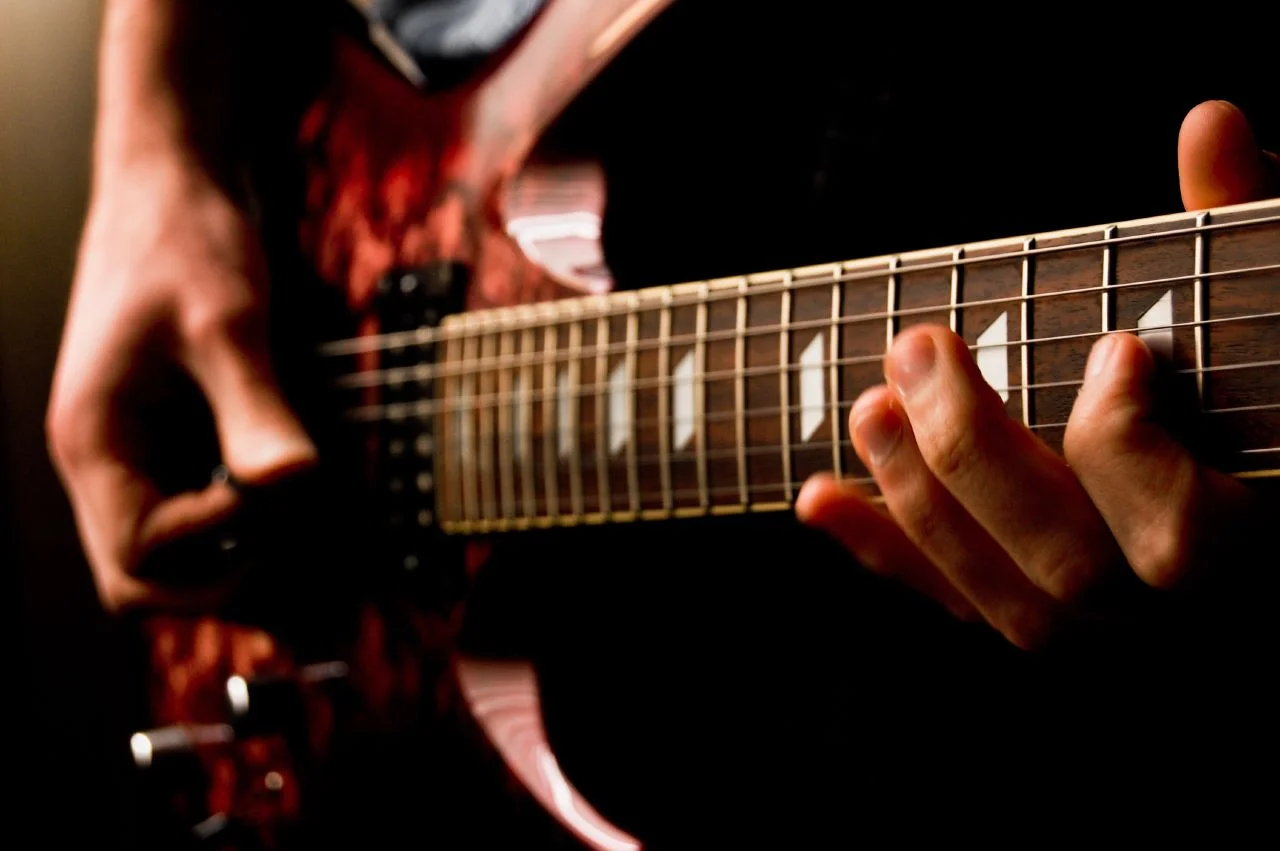By Connor Ritchie
The guitar is a unique template for delivering music and has a resounding role in the canon of popular and classical music. This is common knowledge. However, how do we know that the guitar will stay relevant and stand the test of time? Even though it is one of the few polyphonic (multiple musical voices occurring simultaneously) solo instruments, it simply does not have the same level of command of many different voices that the piano does. So why is the guitar revered at all, if this is the case? There are many arguments to counter this question, but there is one that often does not get considered – the classical guitar is a master at manipulating tone color. The location and delivery of the stroke of a finger has such a large effect on the overall sound of the guitar that a player can immediately evoke a completely fresh and new atmosphere from just one shift of the hand.



